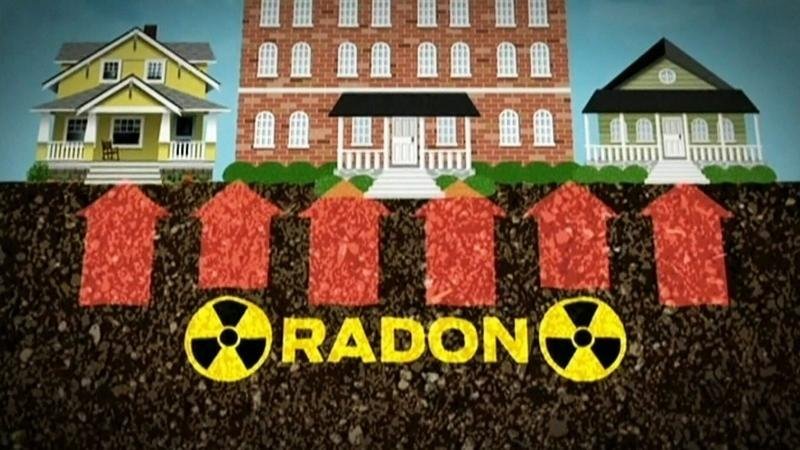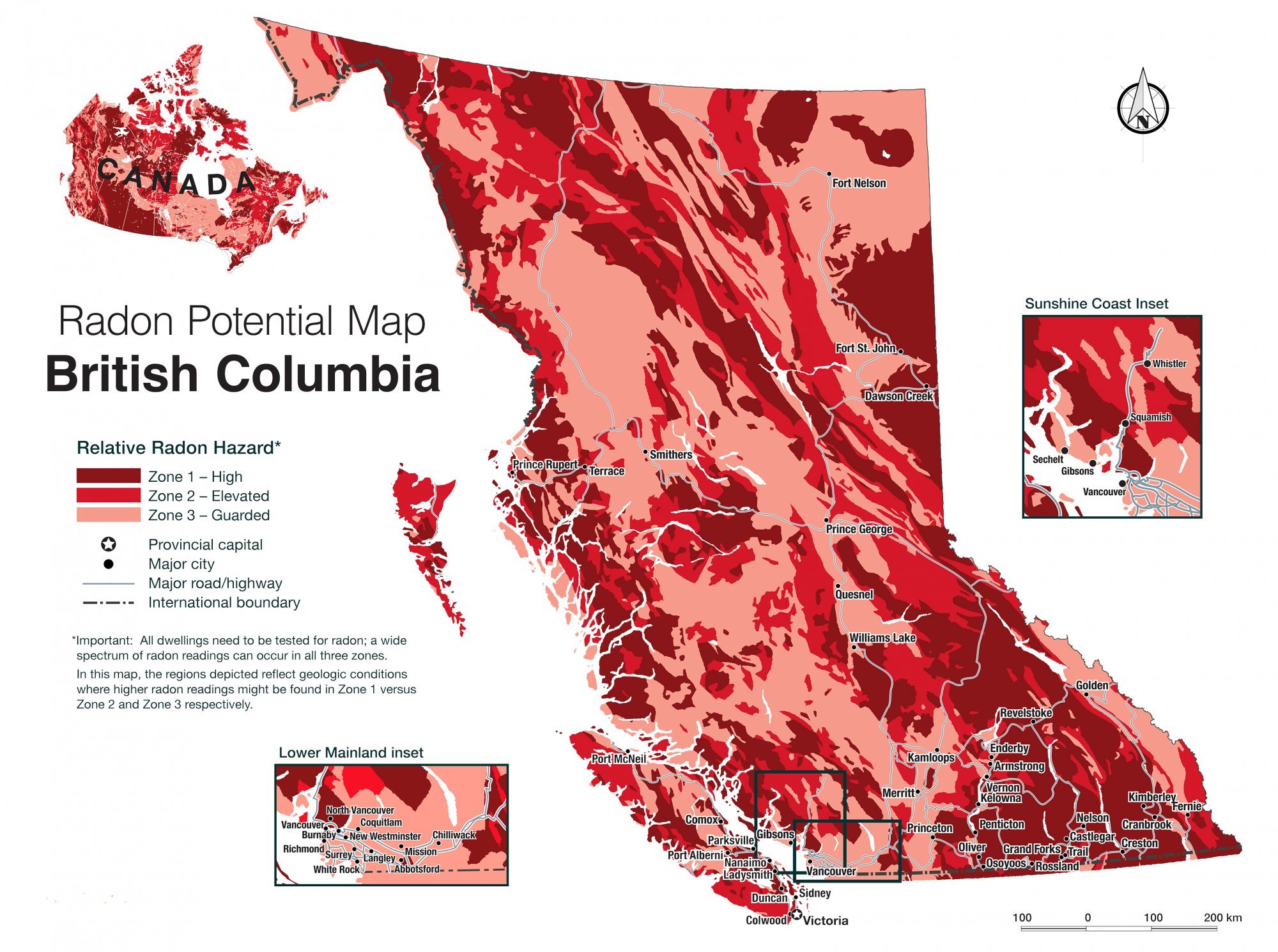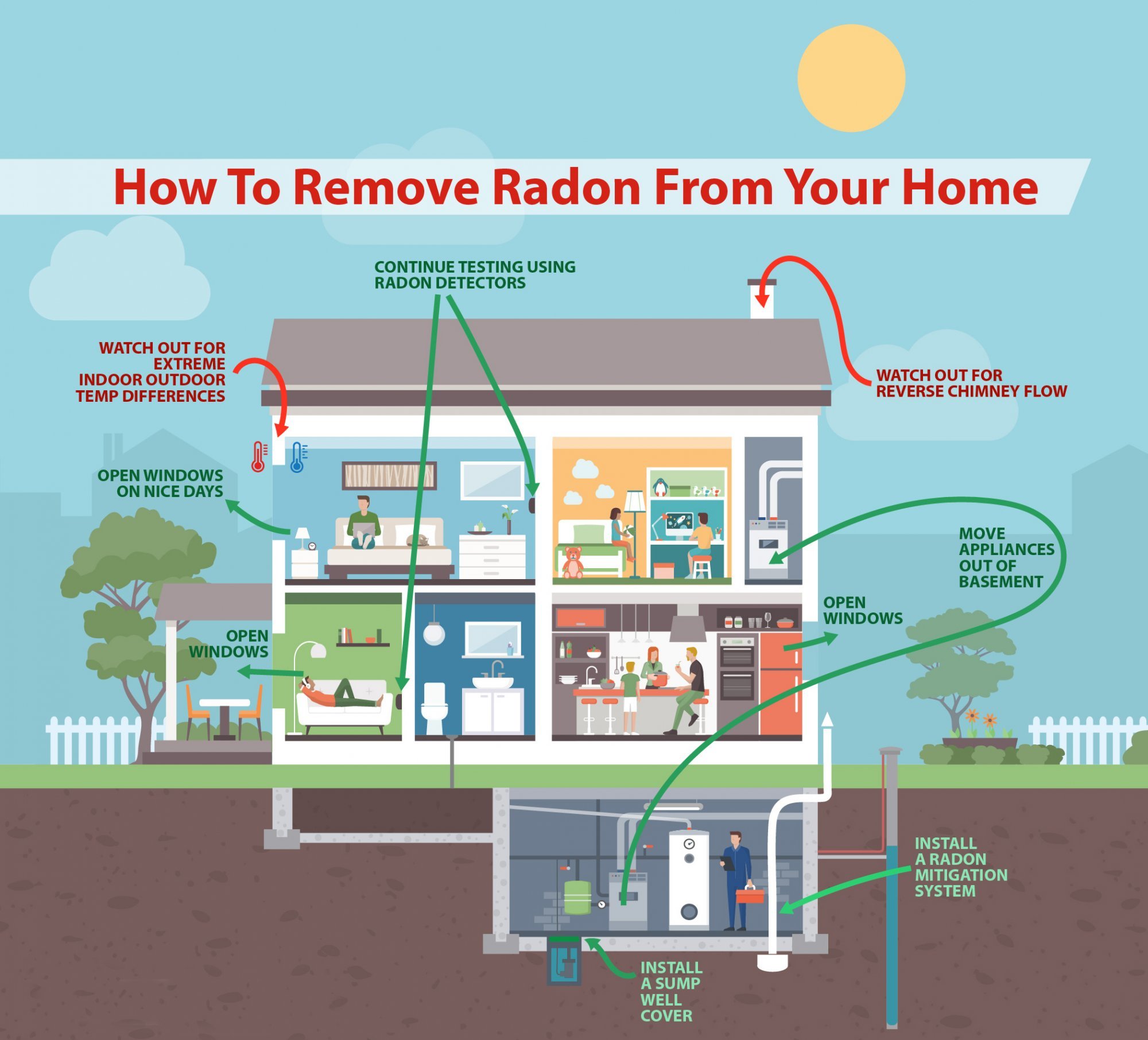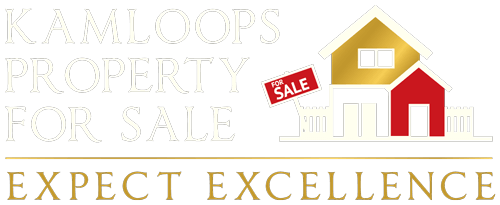Real Estate and Radon in BC - What it means to you as a buyer or a seller
Posted by Steve Harmer on Wednesday, August 26th, 2020 at 9:13am.
 Radon Precautions for Buyers and Sellers
Radon Precautions for Buyers and Sellers
It is important for home buyers and sellers to understand the risks associated with radon levels in homes, and to have enough information about radon to make an informed decision when buying or selling real estate.
So what is Radon?
Radon is measured in becquerels per cubic metre (Bq/m3).
Radon is a naturally occurring, radioactive, odourless, and colourless gas that is generated through the decay of uranium and other elements in soil minerals. In fact, radon is present at different concentrations (depending on the makeup of bedrock or sediment) throughout Canada. As radon seeps up through the ground, it can find its way into your home through cracks in your property foundation and walls. If radon levels are too high in a home, the health risks are so significant that it becomes a material latent defect. The highest levels of radon concentrations are found in the interior and northern regions of the province.
Because new homes are built to be energy efficient and are sealed from the outside, radon can build up in your home over time and reach dangerous levels. According to Health Canada, radon is the second leading cause of lung cancer in Canada after smoking. In 2014, the BC government amended the building code to require new properties to include rough-ins, or a passive pipe in the basement, which can make it easier (and cheaper) to install a radon mitigation device in the future if it’s needed, for radon remediation in certain areas.
Radon is not a problem outside because it is diluted when released into the air. It becomes a health risk if it accumulates to high levels in enclosed spaces such as homes, especially areas that have inadequate ventilation (e.g., basements). Radon is the main cause of lung cancer among people who have never smoked tobacco. It increases the risk of lung cancer in smokers. The risk of developing lung cancer depends on how much radon is in the indoor air, as well as how long the exposure is. Short-term exposure to radon does not pose a significant risk.
 The BC Lung Association has a comprehensive website on radon, called RadonAware, with information and resources for the public, building professionals, researchers and others. It also allows you to order a radon test kit.
The BC Lung Association has a comprehensive website on radon, called RadonAware, with information and resources for the public, building professionals, researchers and others. It also allows you to order a radon test kit.
Where in BC to Test
While all residents of BC are encouraged to test their homes for radon, those living in areas of the province where previous testing has shown that indoor radon levels are high in particular should test their homes to ensure levels are below the national guideline of 200 Bq/m3.
Areas of BC known to have elevated radon in homes are: areas east of the Coast Mountains, including the Kootenays, the Okanagan Valley, Northern Interior, North Thompson, and Peace River. Approximately 5% to 40% of these interior homes may have radon levels in excess of Canada’s national guideline.
Previous testing has shown that areas west of the Coast Mountains [e.g. Lower Mainland, Vancouver Island, Fraser Valley, Sunshine Coast, and Prince Rupert] tend to have low residential radon levels (i.e. below 200 Bq/m3).
How radon enters a home
Radon typically seeps through the ground and into buildings through cracks in the foundation and/or floor slabs. According to the Canadian Real Estate Association's Homeowners Guide to Radon, radon can also enter through other openings, like unfinished dirt floors, window casements or gaps around service pipes. Factors like bedrock and soil types, soil moisture level, and seasonal temperature fluctuations also influence indoor radon levels.
Radon and lung cancer
 High levels of radon in a home is the second leading cause of lung cancer in Canadians. A report from the Canadian Association of Radon Scientists and Technologists (CARST) explains why:
High levels of radon in a home is the second leading cause of lung cancer in Canadians. A report from the Canadian Association of Radon Scientists and Technologists (CARST) explains why:
When inhaled, radon gas particles remain in lung tissue and begin to decay. As the radon particles decay, they release bursts of radiation that can damage the lung tissue cells. Over time, the cell damage can lead to the development of lung cancer.
What is considered a "high level" of radon? While Health Canada advises Canadians to pursue a radon level "as low as reasonably achievable," 200 becquerels per cubic metre is considered the maximum allowable. There is no lowest threshold, as risk of lung cancer increases with radon concentration. For that reason, the World Health Organization suggests homeowners take action if concentrations are over 100 becquerels.
Measuring the Radon Level in Your Home
Radon levels in a home change significantly over time. They can rise and fall from one-hour or day to the next and seasonally. For this reason, measurements taken over a longer period of time are more accurate. Health Canada recommends that homeowners do a long-term radon test, for a minimum of three months, during the fall or winter and that the detector is placed in the lowest level of the home (where homeowners spend a minimum of 4 hours per day). A three-month test represents a person's annual average exposure and should be used to determine if a home's radon concentration exceeds the Canadian guideline level of 200 Bq/m³.
Testing and mitigation
The good news about radon is that testing and mitigation are relatively affordable and easy. Anyone can test their home for radon. All it takes is a radon testing device that can be found at stores like Home Hardware, Walmart or Home Depot or ordered online from the BC Lung Association's RadonAware homepage.
While radon mitigation is also relatively straightforward, it's best to hire a radon mitigation specialist certified by the Canadian - National Radon Proficiency Program (C-NRPP) to take on the job, which can cost between $500 - $3000 depending on the size and style of the home. Fixes can involve improving ventilation, sealing cracks in foundation walls and floors, or installing a depressurization system to draw radon away from the basement.
The Canadian government has a great resource page on Radon CLICK HERE to learn more.

